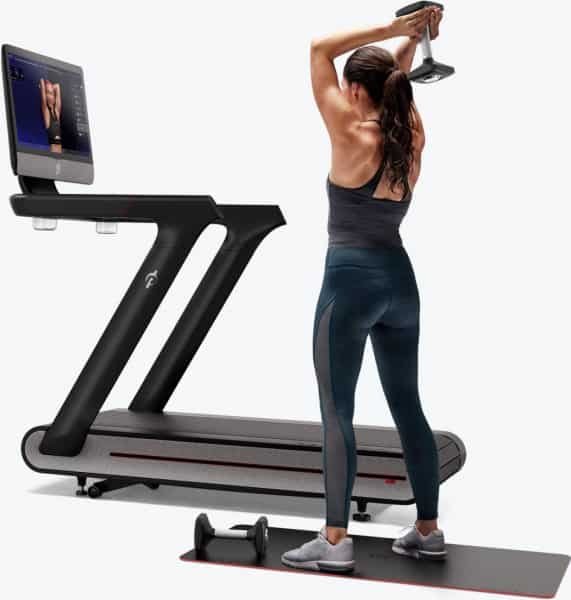 Successful startups will define a problem and solve it, not just prove a concept
Successful startups will define a problem and solve it, not just prove a concept
By many accounts, the digital health market remains strong. Both Startup Health and Rock Health reported substantial year-over-year upticks in VC funding announcements, at 44% and 31%, respectively. (Startup Health assessed $11.5 billion in global deals, while Rock Health looked at U.S. deals worth nearly $6 billion.) Digital health vendors had a heavy presence at this year’s Consumer Electronics Show as well.
Look a little closer, though, as investor lawsuits and lax evidence seem to suggest that strength might be starting to crack. Both startup incubators omitted the maligned Outcome Health from their assessments; the company, which received $500 million in funding last May, now faces fraud lawsuits from those same investors. The omission suggests that future digital health deals should expect additional scrutiny – but it also raises the question of how closely Outcome Health was scrutinized in the first place.
CES 2018 gave the healthcare industry solutions in search of real problems. Meanwhile, the stark reality of the flu in the United States presents a real problem that could benefit from a variety of tech-enabled solutions.
At the same time, the Startup Health and Rock Health assessments include Peleton, which with $325 million in funding received one the biggest deals of 2017. Peleton makes a $2,000 stationary bike and demonstrated a $4,000 treadmill at this year’s Consumer Electronics Show – monthly subscriptions to on-demand workouts not included. Peleton’s inclusion on a list of digital health vendors is, at first glance, a bit dubious:
Seriously – can we please stop calling a connected stationary bike #digitalhealth?
https://t.co/Mzn1E2PmK4— Brian Eastwood (@Brian_Eastwood) January 5, 2018
Peleton’s treadmill was part of a long list of digital health demos at this month’s CES 2018. During the show, the contents of this list showed some promise – devices tracking sleep, wearables measuring biometric data, and voice assistants helping with everyday life. Under the bright lights of the Las Vegas Convention Center, the use cases were clear.
It didn’t take long for the lights to dim. Take these two research papers that came out days after SEC: One found “no statistically significant impact of remote patient monitoring on any of six reported clinical outcomes” – not the desired results. The other found the healthy and wealthy to be the most likely users of sleep tracking apps – not the desired demographic.
As for the voice assistants, a CNBC technology writer suggested that, at this stage, they are proofs of concept and not yet tangible products. LG and Samsung think it would be cool for you to if you could talk to your appliances – to get useful information, that is, and not simply to curse when your toast is burnt. Moen thinks it would be cool if you could talk to your faucet. It’s useful, sure, but it’s little different than what your smartphone already offers – and it doesn’t require replacing a refrigerator or bathroom faucet.
All these vendors face the same challenge that Apple faced in 2007 with the original iPhone: Convincing people that they need something before they really know what “something” is. The market’s just not there yet.
Outside the Las Vegas Convention Center, life (cough) goes on
While CES 2018 gave the healthcare industry solutions in search of real problems, headlines proclaiming that this year’s bad flu season is poised to get worse present a real problem that could benefit from a variety of tech-enabled solutions. With hospitalizations on track to top 700,000 in this flu season, and on the 100th anniversary of the outbreak of the flu epidemic that infected one-third of the world and killed 675,000 Americans, it’s not time to sit still.
A comprehensive and multi-modal approach could help healthcare rise to the occasion:
- Readily available and easily understandable educational material about flu prevention, shared months before outbreaks typically hit and distributed to patients through multiple channels, not just a portal message.
- Incorporation of flu prevention into wellness visit protocols, complete with a new CPT code that covers flu prevention (not just vaccination) as well as public and private payer reimbursement for virtual visits (outside of the chronic care management CPT code) that address flu prevention.
- Honest information about flu vaccines that addresses two facts: That healthy patients should still get shots, to protect those around them at greater risk (also known as herd immunity), but also that shots don’t protect against all flu strains.
- Alignment of provider, payer, and employer incentives for getting flu shots but also taking additional preventive measures, as tracked and measured through a wellness app, portal, bidirectional messaging, or other consumer-friendly means.
- Increased use of CDC and other government flu-tracking data, as well as social media data, in real-time predictive models to help health systems forecast when flu cases will pick up, coupled with automated alerts to affiliated practices about what to expect and what precautions to take.
- Broader integration of retail health, telehealth, and urgent care services with traditional health systems to ease the ED’s flu treatment burden – and to reduce the exposure of a flu patient with a compromised immune system to other diseases that present in the ED.
Some vendors have already taken up the task. Smart thermometer maker Kinsa is crowdsourcing its data, which the company says outpaces the CDC’s data releases by several weeks. Meanwhile, athenahealth has been tracking data from the practices on its network since 2013 – when a government shutdown left the CDC unable to track flu data on its own.
Emphasize problems, and the value of solving them
We do not present this punchlist of problems to suggest that digital health vendors should drop their sensors and algorithms and immediately pivot to the flu. Rather, they need to focus solution development on a specific problem and the value that they add to solving the problem. The unmet needs of flu prevention and treatment simply illustrate the breadth and depth of a single problem and the numerous ways that digital health can provide a solution to that problem.
Wearables, trackers, voice assistants – and, yes, even stationary bikes – could play a role in solving some of healthcare’s problems: Physical inactivity, health education and literacy, data collection, condition management, messaging, access to care, and a host of other issues.
The challenge for startups, as well as the investors that fund them and the incubators that advise them, is articulating a vision for how these solutions add value to healthcare as a whole. After all, if solutions fail to define their value, the market will define it for them.
Chilmark Research will continue to examine digital health this year, whether at industry events such as HIMSS18 or our own Convergence or through research projects on topics such as virtual care models. We look forward to conversations with those who have been bold enough to define their value.
After all, that’s what separates a proof of concept from a product, and that’s what will drive digital health investment in 2018 and beyond.

 Successful startups will define a problem and solve it, not just prove a concept
Successful startups will define a problem and solve it, not just prove a concept



0 Comments